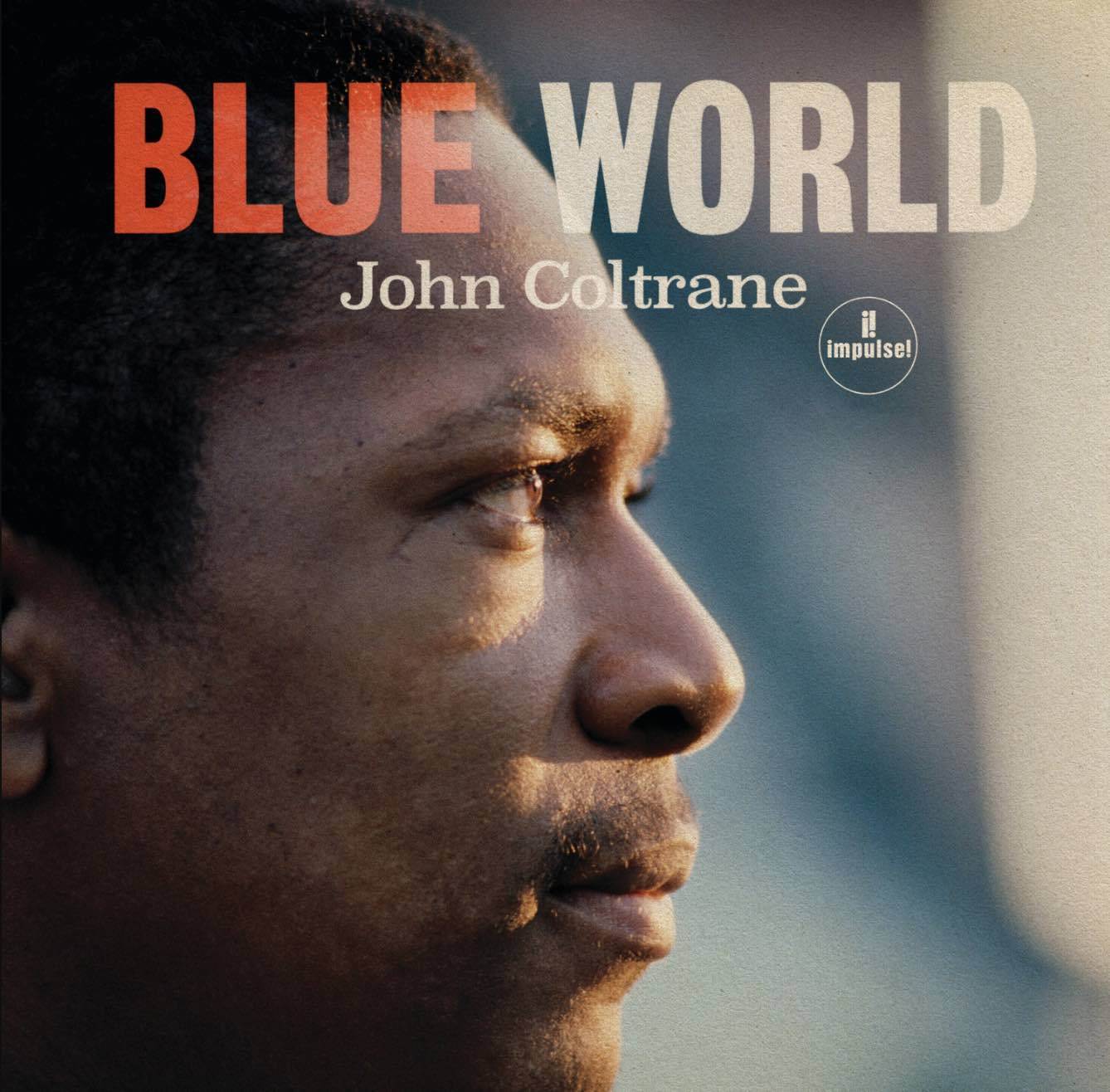It’s one of cinema’s greatest ironies that editing can make or break a film, but few moviegoers understand what an editor actually does. Editing involves taking shots and assembling them in the right order, yes, but what makes an order — all the transitions from moment to moment and scene to scene — “right”? Even if we can’t explain good editing, we know bad editing when we see it, and even more so when when we feel it. The hard-to-pin-down sensation of a movie being “off” or “wrong” often comes out of incompetent editing, and by breaking down the bad editing in a variety of recent pictures, these three videos throw into contrast what it takes for editing to be good.
Most of the nine “Movies that Were Ruined by Really Bad Editing” in the Looper video at the top of the post are part of high-profile franchises. Given the size of their budgets and the importance of their box-office performance, you might think such films wouldn’t permit technical sloppiness of any kind. Yet in Alien: Covenant everything happens in an order that kills the dramatic tension; the chaotic Taken 3, “a severe case of death by a thousand cinematic cuts,” plays out “at the speed any other movie would run if you accidentally hit the fast-forward button several times”; Transformers: Age of Extinction goes heavy on the wrong scenes and “treats its robot aliens as a subplot”; and Suicide Squad provides an example of “a studio publicly advertising a movie as one thing, panicking, then completely reshaping the same film all inside of one frantic marketing blitz.”
“Editing is going down the crapper these days,” says Folding Ideas host Dan Olson in his in-depth examination of Suicide Squad’s incompetent cutting. “The editing was shockingly awful in every way,” he says, turning it into a kind of negative showcase of the editor’s art: “I would seriously advise anyone with an interest in the art of cinematic editing to do their own full autopsy to see just how much went wrong and plain old doesn’t work.” Olson points to examples of Suicide Squad’s often inexplicable choices, such as filling the first half of the film with hyperkinetic character introductions that play more like trailers, developing characters only to suddenly drop them, losing track of the physical locations of characters, and repeatedly abusing the Kuleshov Effect in a way that feels like the “cinematic equivalent of putting the emphasis on the wrong syllable.”
But then, it would have been more of a surprise for a critical disaster like Suicide Squad to have been well-edited. What about the Freddie Mercury biopic Bohemian Rhapsody, which won an Academy Award specifically for its editing? Its reception of that particular Oscar is interesting, says video essayist Thomas Flight, “because the movie contains several scenes that are master classes in poor editing.” In one offending sequence, “many of the cuts are unmotivated,” which mean that the editor made them for no apparent reason, at least none serving story or the drama. Others “ignore spatial continuity,” which makes it difficult or impossible for the audience to understand who and what is supposed to be where. And “the pace is simply too fast,” meaning that the lengths of the shots are too short for the action: editing that suits a rock concert doesn’t suit a conversation.
Even viewers who otherwise enjoyed Bohemian Rhapsody will have sensed something the matter with the cuts in the scene Flight highlights. But nobody could have a worse reaction to it than John Ottman, the man who edited the film, and whose work has been credited with making (rather than further breaking) the troubled production. As mentioned in March here on Open Culture, that particular scene was cut not by Ottman but director Dexter Fletcher, who came in to take Bohemian Rhapsody’s reins after the departure of Bryan Singer. “Whenever I see it, I want to put a bag over my head,” Ottman told the Washington Post. Most moviegoers don’t see editing when it’s good, only when it’s bad — but when it’s especially bad, it makes editors themselves long for invisibility.
Related Content:
The Dark Knight: Anatomy of a Flawed Action Scene
Alfred Hitchcock’s 7‑Minute Master Class on Film Editing
Hitchcock on the Filmmaker’s Essential Tool: The Kuleshov Effect
A Visual Introduction to Soviet Montage Theory: A Revolution in Filmmaking
Bohemian Rhapsody’s Bad Editing: A Breakdown
Based in Seoul, Colin Marshall writes and broadcasts on cities, language, and culture. His projects include the book The Stateless City: a Walk through 21st-Century Los Angeles and the video series The City in Cinema. Follow him on Twitter at @colinmarshall or on Facebook.



